When it comes to having a green space outside of your home, there are two primary options: a yard or a garden. Both have their own unique benefits and drawbacks, which can make it difficult to decide which is the best option for you. In this guide, we will discuss the key differences between yards and gardens, as well as provide some tips on how to choose the right one for your needs.
What is a Yard?
A yard is an outdoor area of land adjoining a house. It may be used for lawns, gardens, parks, or other activities. The word “yard” originated from the Anglo-Saxon word “geard,” which means enclosure.
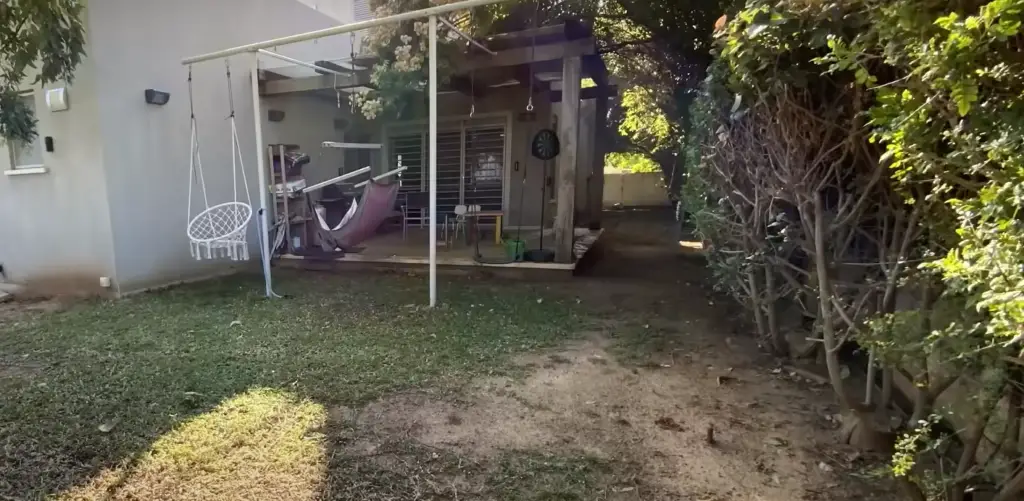
Most yards have at least one tree, and many have flower beds or vegetable gardens as well. Grass is the most common type of plant in a yard, although some people choose to have gravel or other types of ground cover. Yards are usually fenced in to keep out animals and pests.
Yards are typically maintained by the homeowners themselves, although some hire landscapers to do all or part of the work. Yard work can include mowing, weeding, trimming, and even some planting. [2] ,[3]
What is a Garden?
A garden is a planned space, usually outdoors, set aside for the cultivation of fruits, vegetables, or flowers. Gardens are often designed using a variety of principles such as symmetry, geometry, and axiality.
They may include paths made of gravel or stone, as well as benches or other features.
Gardens are typically planted with a variety of different types of plants, and many also have hardscaping features such as fountains or bird baths.
Gardens can be found in public spaces such as parks and botanical gardens, as well as in private yards. In addition to providing aesthetic pleasure, gardens can also provide a place for people to relax and escape the hustle and bustle of day-to-day life.
Some people choose to grow their own food in gardens, while others use them purely for ornamental purposes. No matter what the purpose of a garden may be, they all require some level of planning and maintenance. [1] ,[4]
Why Both Terms are Confused Between Each Other
The confusion between the terms “yard” and “garden” is common because they both refer to outdoor spaces. In fact, the main difference between the two is that a yard is generally defined as an open area of land surrounding a house while a garden is a cultivated space used for growing plants and flowers.
Differences Between Yard and Garden
To the untrained eye, a yard and a garden might look pretty similar. But there are actually quite a few differences between these two outdoor spaces! Here’s a quick guide to help you tell them apart:
Purpose
Uses of garden space
Gardens are usually planted with flowers, vegetables, or other plants for aesthetic or practical purposes. Flower gardens are a popular choice for many homeowners because they add color and life to an otherwise mundane space. Vegetable gardens are another option for those who want to grow their own food. And some people even have gardens full of herbs that they use for cooking or medicinal purposes.
Uses of yard space
While yards can be used for any number of things, they are most commonly used as a space for outdoor recreation. This might include activities like grilling, playing sports, or just relaxing in the sun. Yards are also often used as a space to store lawn care equipment or other tools.
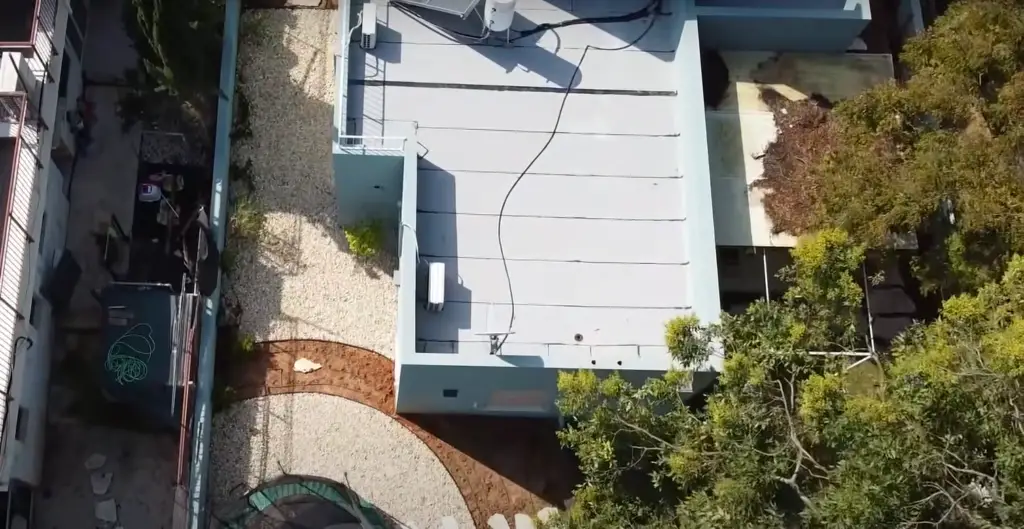
Of course this doesn’t mean you can’t grow flowers or vegetables in your yard, or that you can’t use your garden for recreation. Fruit trees are also often used to decorate the yards. But generally speaking, these are the most common purposes for yards and gardens respectively.
Location
Common locations of gardens
Gardens are usually located in the front or back of a house. This makes sense when you think about it – most people want their gardens to be visible from the street or from their own home.
But there are also some people who have what’s called an “indoor garden.” These are small gardens that are located inside of a house, often in a sunroom or near a window.
Indoor gardens can be a great way to bring some life into your home, especially if you live in an apartment or other space where you can’t have an outdoor garden.
Common locations of the yard
Yards are usually located around the perimeter or in the back of the back of the house. This gives homeowners some privacy and also allows them to have some space for recreation without being too close to their neighbors.
Of course, there are also some homes that don’t have yards. This is especially common in urban areas where land is scarce. But even in these cases, there are usually nearby parks or other public spaces that can serve as a “yard” of sorts. [1] ,[4]
Maintenance
Gardens and yards both require some level of maintenance in order to stay healthy and looking their best. This might include tasks like watering plants, trimming hedges, or mowing the lawn.
Garden Maintenance
If you’re planning on starting a garden, it’s important to know that there is some upkeep involved. Depending on the size of your garden, the maintenance may require a plenty of time every week. This includes tasks such as weeding, watering, and deadheading.
Watering Your Garden
One of the most important aspects of garden maintenance is watering. Without enough water, your plants will wilt and eventually die. However, you don’t want to over-water your garden as this can also be detrimental to your plants.
The best way to water your garden is to use a soaker hose or drip irrigation system. This will help to ensure that your plants are getting enough water without causing any runoff.
It’s also important to water early in the day so that the leaves have time to dry before nightfall. This will help to prevent diseases such as powdery mildew from taking hold.
Fertilizing
Your garden will also need to be fertilized on a regular basis. This is especially important if you’re growing vegetables, as they require more nutrients than other plants. There are a variety of ways to fertilize your garden, so speak to a gardening expert or do some research to find the best method for your needs.
Gardeners often use compost or manure to fertilize their plants instead of chemical fertilizers. This is not only better for the environment, but it’s also better for your plants
Weeding
Weeding is the next essential aspect of garden maintenance. If you don’t keep an eye on the weeds, they’ll quickly overwhelm your garden and harm your plants. Depending on the size of your garden, you may need to spend a few hours each week pulling weeds.
Prunning
Pruning is an important part of keeping your garden looking tidy. It involves removing dead or dying branches from plants. This helps to encourage new growth and keeps the plant healthy.
However, it’s important to do it on a regular basis to ensure that your plants stay healthy and look their best.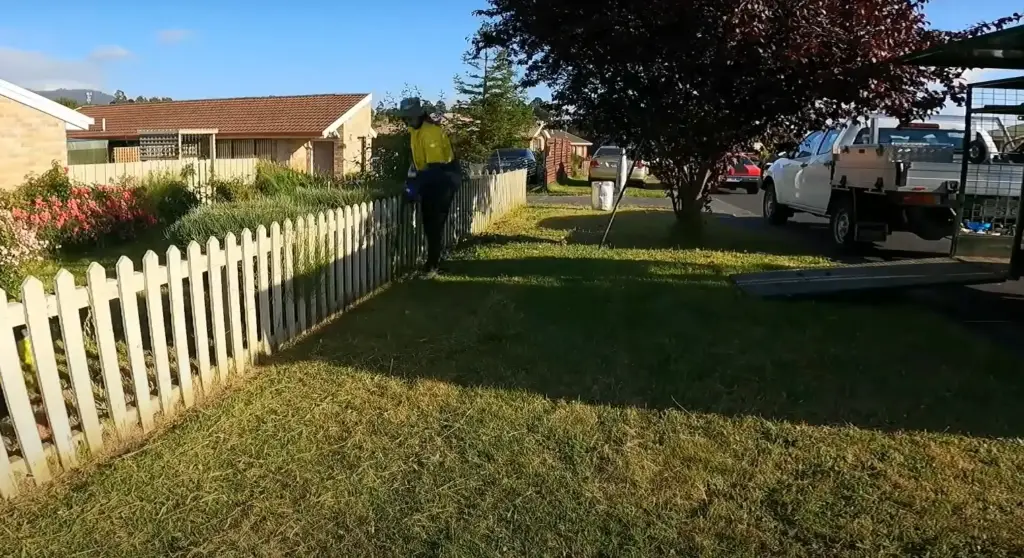
There are a few different ways to prune plants, so it’s important to do some research before you get started. Once you know how to properly prune your plants, you’ll be able to keep your garden looking neat and tidy all season long.
Pest control
Another important aspect of garden maintenance is pest control. There are a variety of pests that can wreak havoc on your plants, so it’s important to be proactive in preventing them from taking over. If small mammals are bothering you, consider putting up a fence.
You can also use traps or baits to control pests such as slugs, snails, and rodents. If you have a serious pest problem, you may need to contact a professional for help.
Of course, one of the benefits of having a garden is that you can enjoy fresh produce all season long. But in order to get the most out of your garden, you’ll need to put in some time and effort. If you’re not up for spending a few hours each week maintaining your garden, then you might want to reconsider whether or not a garden is right for you. [4] ,[5]
Yard maintenance
Compared to gardens, yards require less maintenance. However some care is still required to ensure your yard looks its best. Mowing the lawn, removing weeds and debris, and adding mulch or rocks are all common yard maintenance tasks. Depending on the size of your yard, these tasks can take anywhere from a few minutes to a couple of hours each week.
Mowing the lawn
The most important part of keeping your yard looking good is to mow the lawn regularly. You should mow your lawn at least once a week, and more often if it is growing quickly. Mowing your lawn keeps it healthy and looking its best.
There are a few things you need to know about mowing your lawn:
- Mow in different directions each time you mow. This will help prevent ruts from forming in your lawn.
- Don’t cut off more than one third of the height of the grass when you mow. Cutting off too much at once can stress out the grass and make it more susceptible to disease.
- Mow the grass if it’s dry. Wet grass can clump together and make it difficult to mow evenly.
Watering
One of the most important aspects of keeping your yard healthy is watering. Depending on the climate you live in, you may need to water your lawn every day or just a couple of times a week.
The easiest way to take care of watering needs is by installing a sprinkler system. This will ensure that your lawn gets the right amount of water and that it’s evenly distributed. You can also water your lawn by hand, but this can be time-consuming and may not give the grass the same level of hydration as a sprinkler system.
Fertilizing
Fertilizing your yard is important to keeping the grass green and healthy. However, over-fertilizing can damage your lawn and lead to problems such as runoff into waterways. If you plan to fertilize your yard, it’s important to follow the directions on the fertilizer packaging carefully.
Weed control
Weeds are a common problem in both yards and gardens. To control weeds, you’ll need to pull them by hand or use a chemical herbicide. Be aware when using herbicides, as they can also kill your plants if you’re not careful. [4] ,[6]
So How Do I Define My Outdoor Space?
The terms “yard” and “garden” are often used interchangeably, but there are some key differences between the two. A yard is generally defined as an open space of land surrounding a home, while a garden is usually a section of a yard that has been cultivated for plants or other forms of vegetation.
Here are some useful tips to help you decide whether you should call your outdoor space a yard or garden:
If you have grass, trees, and shrubs around your home, then you probably can call your area a yard.
If you have planted flowers, vegetables, or other types of vegetation, then you probably should call that area a garden. Gardens can be small or large, and they can be located in either the front or back of a home.
Yard vs. Garden: A Comparative Analysis
This table presents a comparison between yards and gardens, highlighting their key differences based on various indicators. Both yards and gardens are outdoor spaces surrounding a property, but they serve different purposes and have distinct characteristics.
| Indicator | Yard | Garden |
|---|---|---|
| Definition | A yard refers to an open area of land adjacent to a house or building. | A garden is a cultivated space used for growing flowers, plants, or vegetables. |
| Primary Purpose | To provide outdoor space for various activities like recreation and relaxation. | To cultivate and grow plants for aesthetic or practical purposes. |
| Plant Focus | Primarily consists of grass, shrubs, and trees. | Focuses on a wide variety of plants, including flowers, herbs, vegetables, etc. |
| Design | Often designed for easy maintenance and minimalistic aesthetics. | Designed with aesthetic considerations, featuring layouts, paths, and focal points. |
| Functionality | Emphasizes on open space, playing areas, and sometimes outdoor structures like patio or deck. | Emphasizes on plant growth, biodiversity, and attracting wildlife. |
| Typical Activities | Playing outdoor games, hosting gatherings, barbecues, etc. | Planting, watering, weeding, pruning, and harvesting. |
| Maintenance | Regular mowing, occasional trimming, and general upkeep. | Regular watering, fertilizing, pest control, and seasonal maintenance. |
| Environmental Impact | Less environmentally impactful due to minimal plant diversity. | Positively impacts the environment by supporting pollinators and providing green spaces. |
From the table, it’s evident that yards and gardens differ significantly in their purpose, design, and ecological impact. Yards are primarily used for outdoor activities and often feature simple landscaping, while gardens are carefully cultivated spaces aimed at promoting plant growth and enhancing the surrounding environment. Understanding these differences can help homeowners make informed decisions about how they want to utilize their outdoor spaces.
Check more guides to be a pro gardener:
- How to Use Copper Sulfate in Garden?
- How to Make a Garden Flag With Cricut?
- How to Use Preen in Vegetable Garden?
FAQ
Is a yard the same as a lawn?
No, a yard is not the same as a lawn. A yard is generally an outdoor area adjacent to a house or other building, while a lawn is a specially cultivated patch of grass. Lawns are usually found in front or backyards, and they may be either natural or man-made.
They do have some things in common however. Both yards and lawns need to be regularly trimmed and maintained. The main difference is that a yard may contain other features like trees, or walkways, while a lawn is simply grass.
What is considered a lawn?
A lawn is an area of land, usually outdoors, covered in grass or other vegetation. Lawns are often found in parks, on golf courses, and around private homes. They are usually mowed regularly to keep them looking neat and tidy.
What is the purpose of a lawn?
The purpose of a lawn is to provide an area of green space that can be used for recreation or simply to improve the appearance of a property. Lawns are generally low-maintenance and easy to care for, which makes them a popular choice for many homeowners.
What is lawn grass called?
Lawn grass is usually a type of short-grass that is kept trimmed short by regular mowing. The most common lawn grasses are Kentucky bluegrass, fescue, and ryegrass. Some people also refer to their lawn as their turf.
What is the main difference between a yard and a garden?
The main difference between a yard and a garden lies in their purpose and design. A yard is generally an open outdoor area surrounding a house, often used for recreational activities or simply as an outdoor space. On the other hand, a garden is a cultivated area specifically designed for growing plants, flowers, vegetables, or herbs.
Can a yard have plants and flowers like a garden?
Yes, a yard can have plants and flowers, but the key distinction is that a yard typically has a more functional and general outdoor space purpose. It may include limited landscaping and decorative elements, but it is not primarily focused on cultivation and aesthetics like a garden.
Are lawns exclusive to yards or can they be part of a garden?
Lawns can be part of both yards and gardens. In yards, lawns are commonly used as open spaces for recreational activities, while in gardens, they may be incorporated as a design element or used for functional purposes like providing a green space between plant beds.
Which requires more maintenance, a yard, or a garden?
The level of maintenance required can vary depending on the specific features and plants involved, but generally, gardens tend to require more maintenance than yards. Gardens demand regular attention, including watering, weeding, and pruning, to ensure the health and growth of the plants, while yards may need less frequent upkeep if they have fewer green spaces.
Can you grow vegetables in both a yard and a garden?
Yes, you can grow vegetables in both a yard and a garden. However, gardens are typically more suitable for vegetable cultivation as they provide a dedicated space with proper soil preparation and sunlight, making it easier to tend to and optimize the growth of edible plants.
Are pathways more common in yards or gardens?
Pathways are commonly found in both yards and gardens, but they may serve different purposes. In a yard, pathways often connect different areas, like the entrance to the house, a patio, or a garage. In a garden, pathways are designed to allow easy access to various plant beds and features while admiring the landscaping.
Can a garden be a part of the yard?
Yes, a garden can be incorporated into a yard. Some yards have designated garden areas where homeowners grow plants, flowers, or even create small vegetable patches. The garden within the yard provides an opportunity for creative landscaping and enhances the overall aesthetic appeal of the outdoor space.
Which one is more focused on aesthetics, a yard, or a garden?
A garden is typically more focused on aesthetics compared to a yard. Gardens are intentionally designed to create visually pleasing landscapes with carefully chosen plants, flowers, and hardscaping elements. Yards, while they can be aesthetically pleasing, usually prioritize practicality and open space over intricate landscaping.
Are there any environmental benefits to having a yard or a garden?
Both yards and gardens offer environmental benefits. Gardens, especially those with a variety of plants, contribute to biodiversity by providing habitats for insects and birds. Additionally, gardens can help with water conservation and soil health. Yards with lawns can also improve air quality, reduce erosion, and act as a recreational space for outdoor activities.
Can you convert a yard into a garden, or vice versa?
Yes, you can convert a yard into a garden or vice versa with proper planning and effort. If you want to transform your yard into a garden, you’ll need to allocate space for planting beds, choose appropriate plants, and adjust the overall design. Conversely, converting a garden into a yard might involve removing certain plant beds and focusing on creating a more open and functional outdoor space.
Useful Video: Garden Ideas for Home/Frontyard and Backyard Landscaping design and Ideas.
Conclusion
While gardens and yards may share some similarities, there are also key differences between the two. Gardens are mainly used for growing plants, while yards can be used for leisure activities, storage, or decoration. Both require maintenance, though gardens typically need more attention than yards. What have you found to be the main purpose of your outdoor space? Think about it and maybe it will give you a better idea of what to call it. Thanks for reading!
References:
- https://simplifygardening.com/what-is-the-difference-between-a-garden-and-a-backyard/
- https://en-academic.com/dic.nsf/enwiki/572260
- https://wikidiff.com/yard/garden
- https://www.mynewsdesk.com/au/fox-mowing/pressreleases/difference-between-garden-maintenance-and-lawn-maintenance-1470820
- https://www.hgtv.com/outdoors/gardens/planting-and-maintenance/the-proper-way-to-water-your-garden
- https://www.lifehack.org/481277/the-basics-of-yard-maintenance-and-why-you-need-to-do-it





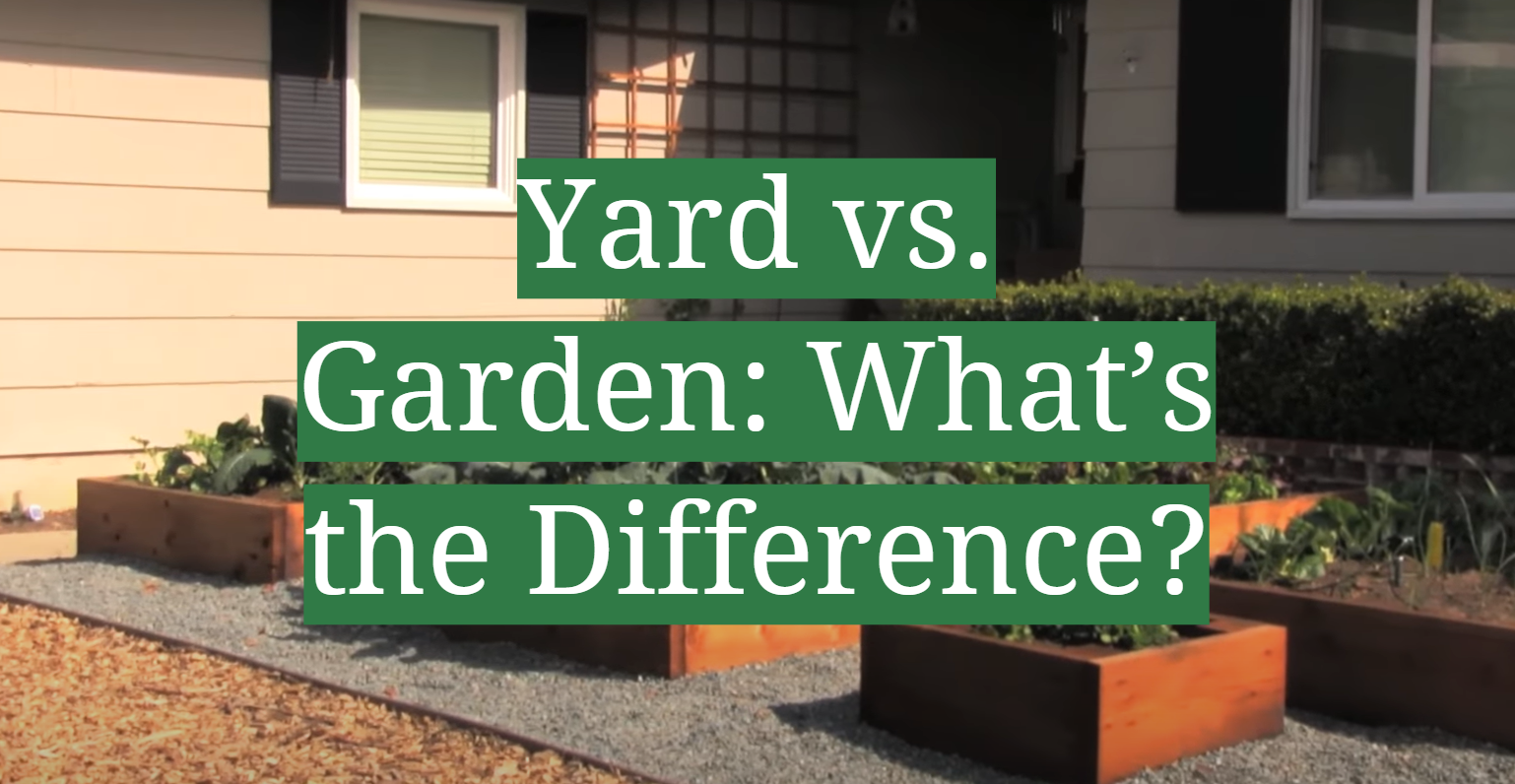
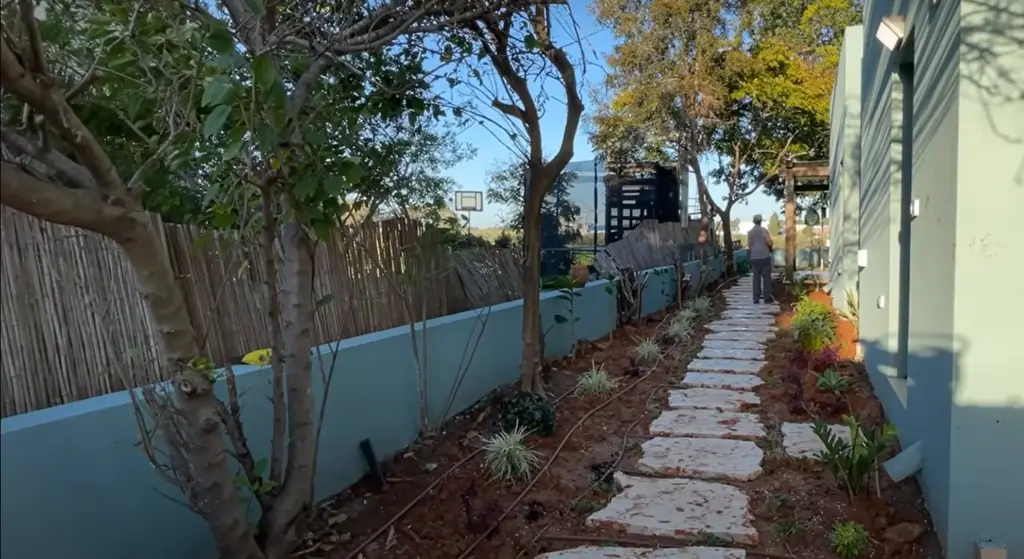

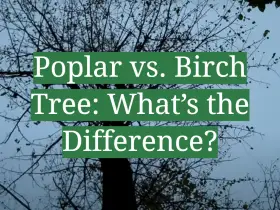

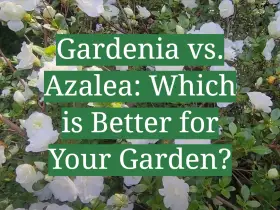
I have to say that I always thought of a yard as simply the area of land in front or behind a house, while a garden was the place where you planted vegetables and flowers. Boy, was I wrong!
A yard is generally considered to be any outdoor space surrounding a house, while a garden is a plot of land used for cultivation of plants, fruits and vegetables. In most cases, a yard is just grass and landscaping, while a garden has more functional purposes.
For me, the difference between having a yard and having a garden is that with a yard, you have to maintain it by mowing the lawn and trimming the bushes. With a garden, you have to plant the seeds, water them, and then wait for them to grow. But in the end, you get to eat what you’ve grown!
There’s a big difference between my yard and my garden, and it all comes down to maintenance. My yard is mostly just grass, and I have to mow it every week in the summer. My garden, on the other hand, requires a lot more work. I have to weed it and water it, and sometimes I have to fertilize it or use pesticides.
I guess you could say that my yard is like a pet, while my garden is like a child. I have to take care of my yard, but it doesn’t require as much attention as my garden does. My garden needs constant care if I want it to grow well, but the payoff is worth it. I get to see things grow and bloom in my garden, and that’s really rewarding.
I remember the day my parents bought our house. It was a warm, sunny day and as we drove down the street, I could see the large yard in the back. My mom said that we could do anything we wanted with it and I couldn’t wait to start playing in it. A few years later, my parents decided to put in a garden and I was so excited. I helped them dig up the soil and plant the seeds. Over time, the garden grew and flourished. Now, every summer, we pick strawberries, raspberries, and blueberries from it. The yard has always been nice but the garden has been a special place for our family.
Growing up, I always thought of my backyard as my own personal garden. I would spend hours out there planting flowers and vegetables, watering them and waiting for them to grow. I loved being able to look out my window and see my yard full of beautiful plants.
My parents had a garden in our front yard, but it was always much smaller than mine. It was mostly used for growing vegetables, while I had a variety of flowers and plants in my backyard. To me, there was a big difference between a yard and a garden. A yard was just somewhere you put some plants in the ground and called it done, while a garden required a lot of care and attention.
I think this is why I enjoyed having my own backyard so much. It was like my own little piece of the world that I could control and make look however I wanted it to look. I spent many hours outside wedding, watering and digging in the dirt, and it was all worth it when I finally got to see my garden come to life.
When I was younger, I always thought that a garden and a yard were the same thing. I would go outside and play in my mom’s flower garden, and then I would go to my grandparent’s house and play in their huge yard. It wasn’t until I was older that I realized there is a big difference between gardens and yards.
A garden is usually a smaller area that is used for planting flowers or vegetables. A yard, on the other hand, is a much larger area that can be used for many different things, such as playing sports, having a picnic, or just relaxing.
I now have my own house, and I have both a garden and a yard. My garden is small, but it’s perfect for growing herbs and flowers. My yard is much bigger, and I use it to play with my kids and pets.
I think the difference between gardens and yards is important to know, especially if you are thinking about buying a house with a garden. If you only have a small yard, you might not be able to fit a garden in there.
Gardening is something that I’ve always enjoyed. When I was young, my parents would take me to the garden center and let me pick out a few plants to put in our garden. As I got older, I started helping my dad with gardening. We’d work in the garden for hours, and I loved it!
These days, I don’t have as much time to spend in the garden, but I still enjoy it. My husband and I have a small yard, but we’ve been able to fit a garden in it. We grow herbs and vegetables, and I love picking them fresh from our garden.
If you’re thinking about starting a garden, I highly recommend it. It’s a great way to get some exercise, and it’s also very relaxing. Gardening is a great way to connect with nature, and it can be a lot of fun too!
My grandparents always had a garden. They would plant tomatoes, cucumbers, green beans, and other vegetables. They would also plant flowers. My favorite flowers were the sunflowers. My grandparents would always let me help them plant the seeds. We would also water the plants and pick the vegetables when they were ready.
I remember one time when we were picking the vegetables, my grandma showed me how to pick a green bean. She said that you have to pinch the top of the bean and then pull it off the vine. I was so excited that I could pick my own vegetables!
I also remember playing in the garden. I would climb on the swing set or play in the sandbox. I loved spending time in my grandparents’ garden.
My grandparents have since passed away, but I still think about them every time I go to my house. Their house has a yard, but it’s not quite the same as having a garden. I’m going to start planting a garden at my house this year in honor of my grandparents.
I always think of my yard as my first garden. It was where I started to learn about plants and flowers, and how to take care of them. I would plant different things in the yard, and see how they grew. I would also experiment with different types of soil and mulch, to see what worked best.
Now, I have a garden in my backyard, but I still think of the yard as my first garden. It was where I started, and it’s where I learned the basics. And even now, I still experiment with things in the yard – like trying to grow herbs in containers on the porch.
A few years ago, my husband and I made the decision to move from our small condo into a house with a yard. We were excited at the prospect of being able to plant some flowers and grow a vegetable garden. After we moved in, we quickly realized that we were in for a lot of work. The yard was full of overgrown plants and weeds, and the soil was so compacted that nothing would grow.
After months of hard work, we finally managed to get the yard into shape. We planted some flowers, put down some mulch, and built a small vegetable garden. It was a lot of work, but it was worth it to be able to relax outside in our own backyard.
Now that we’ve had a few years to work on our yard, it’s in pretty good shape. We’ve added a deck, which has become our favorite spot to relax in the summer, and we’ve even started growing fruit trees. I love being able to look out at our yard and see all the progress we’ve made. It’s definitely been worth all the hard work!
I remember the day my dad helped me get my first lawn. I was so excited to have a piece of land all to myself that I could call my own and do whatever I wanted with it. I spent hours upon hours mowing it, edging it, and watering it. I was obsessed with making sure it looked perfect.
A few years later, my parents decided to build a new house and they gave me their old house with the perfect lawn. At first, I was hesitant to take it because I didn’t want to deal with the work that came along with it, but eventually I caved and took it.
Now, many years later, I still have that same house with the perfect lawn and I couldn’t be happier. Even though my kids have constantly begged me to turn it into a yard, I’ve held strong and refused to let them touch my lawn. It’s my happy place and nothing is going to change that.
Whether you call it a yard or a garden, the purpose is the same – to provide a space for plants and animals. The main difference between the two is size. A yard is typically larger than a garden, but there are no hard and fast rules. It really depends on your needs and what you want to use the space for.
I prefer to think of my yard as an outdoor living space. I have a deck, patio, and fire pit that all get used in the warmer months. I also have plenty of room for flowers, vegetables, and even a small chicken coop. My garden is much smaller, but it’s perfect for my needs. I grow vegetables and herbs, and I also have a few chickens for eggs.
So, is there a difference between yards and gardens? Yes, but it depends on your individual needs and preferences. If you’re looking for a large open space to run around in, then call it a yard. If you’re looking for a smaller space to cultivate plants and animals, then call it a garden.
I think that garden yards are definitely better than regular yards. They provide a lot more opportunity for relaxation and enjoyment, and they can really brighten up a neighborhood or street. I also think that they’re a great way to get exercise, fresh air, and sunshine – all of which are important for maintaining good health. In my opinion, everyone should have a garden yard!
I believe that having a backyard is much more advantageous than having a garden. There are several reasons for this. First of all, a backyard is typically much larger than a garden, so you have more space to work with. This means that you can fit more plants in your backyard, and also have more room to enjoy them. Secondly, backyards are typically located closer to your house than gardens are, so it’s much easier to keep an eye on them and tend to them. Finally, backyards typically offer more privacy than gardens do, which is nice if you want to relax outdoors without being surrounded by people.
My yard is my sanctuary. It is a place where I can go to relax and escape the chaos of the world. It’s a place where I can go to be with nature and connect with the earth. I love spending time in my yard, and I love spending time in my garden.
To me, there is no difference between my yard and my garden. They are both places where I can find peace and solace. They are both places where I can connect with nature. They are both places where I can find joy and happiness.
I love spending time in my yard, and I love spending time in my garden. They are both special places to me, and I wouldn’t trade them for anything in the world.
There is a big difference between a garden and a backyard. A garden is a space that is specifically designed for plants, while a backyard is an area that is generally used for recreation or relaxation. I enjoy both gardening and spending time in my backyard, but for different reasons.
I like to garden because it is calming and peaceful. I can lose myself in the work of planting seeds and watering plants, and it is a great way to connect with nature. My backyard is more of a place for fun and relaxation. I like to relax on my deck with a good book or host barbecues for my friends and family. My backyard is also home to my dog, who loves to run around and play.
Both gardens and backyards have their own unique benefits, and I love spending time in each one!
My grandparents always had a garden. Even when they moved to a new house, they would find a way to fit in a garden. There was always something blooming in their garden, and the fresh vegetables they grew were the best I ever tasted.
I remember one summer, my grandpa was showing me how to pick green beans from the vine. He showed me how to pinch off the stem just below the pod. The beans were still small and green, but I was so proud of myself for picking them myself.
I think that’s why I love gardening so much. It’s a way to connect with my grandparents and learn about their lives. And it’s also a way to create something beautiful and delicious, something that will last long after I’m gone.
My parents never had a big backyard, but they always had a garden. As a kid, I loved helping them plant the seeds and water the plants, and then later in the summer we would harvest the vegetables. There is nothing quite like eating fresh tomatoes or cucumbers that you grew yourself.
These days, I live in a house with a big backyard, but I still have a garden. It’s not quite as big as my parents’ garden was, but it’s big enough to grow some vegetables and flowers. I love spending time in my garden, especially in the summer when everything is in bloom. It’s so relaxing to sit out there and listen to the birds singing or watch the butterflies flitting around.
I think having a garden is a really important part of life. It’s a way to connect with nature, and it also teaches you about the seasons and how to grow your own food. I’m so glad that my parents taught me how to garden, and I hope to pass on that knowledge to my kids someday.
A yard is not a garden. A garden is a place where you cultivate plants. A yard is just an open space where you can put whatever you want. I have a garden because I like to grow my own vegetables. I have a yard because I like to have a place for my kids to play.
I vividly remember the day my mom and I planted our very first garden. We had watched countless hours of gardening shows, read guides online, and made lists of the vegetables we wanted to grow. After carefully selecting the perfect spot in our yard, we dug the soil, mixed in fertilizer, and planted our seeds. As we waited for our vegetables to sprout, we checked on them every day, watering them and pulling weeds. It was so exciting to finally harvest our vegetables and eat them right out of our garden!
Since then, I’ve continued to garden every year. I love the satisfaction of planting a seed and watching it grow into a plant. There’s something special about being able to harvest your own food straight from your yard. Gardening has also taught me a lot about patience and resilience- sometimes things don’t go according to plan, but you have to keep trying until you get results. I’m grateful that my mom introduced me to gardening, and I hope to continue this tradition with my own children one day.
A yard is typically a space out front of or behind a house, while a garden is an area where plants and flowers are grown. I think the main difference between them is that a yard is more for relaxing and enjoying the outdoors, while a garden is more for working in and tending to plants.
I have both a yard and a garden, and I use them for different purposes. My yard is mostly just for sitting on the porch or playing with my dog, while my garden is where I grow most of my vegetables. I like having both, because it gives me different places to relax and also lets me grow some of my own food.